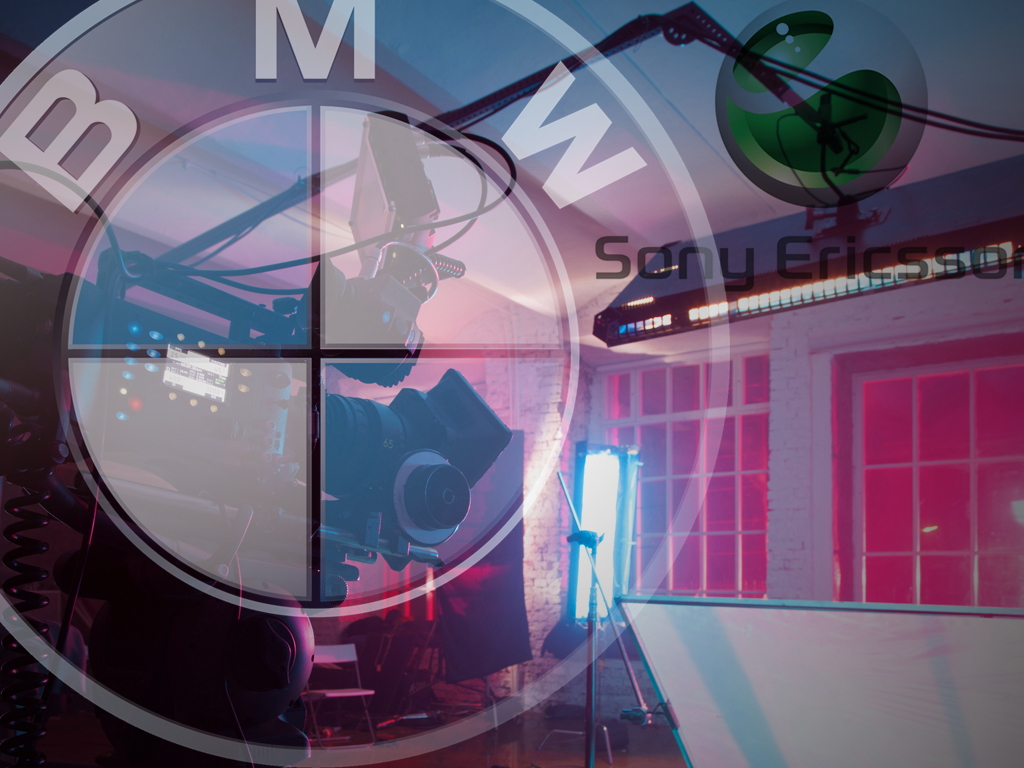In a recent webinar, Changing Tides of Social & Content in 2015, both Joe Pulizzi and Jay Baer included the rise of the podcast in their predictions for next year’s marketing trends. If they had given that answer two months ago, I may have not agreed with them. Now, one podcast has me rethinking this medium’s potential to reach consumers.
The first season of the “Serial” podcast has kept listeners anxiously awaiting the conclusion of the gripping story of the 1999 murder of Hae Min Lee and the people wrapped up in this tragedy. But, it’s not just me – Serial has become a runaway hit, averaging 1.26 downloads per episodes.
I must admit that I have never really been a devoted fan to any podcast. Sure, I had subscribed to a few and listened to episodes here and there when I had exhausted my music playlists and was in between books.
So, what is it about “Serial” that has captivated audiences who may have never previously given pause to podcast? And, what lessons can we take away for our own marketing programs?
‘Serial’ Scores With Storytelling
The answer is in the storytelling skillfully woven at the hands of the co-creator and narrator, Sarah Koenig.
Marketers who tune into “Serial” will discover three storytelling practices that Koenig has mastered.
1. Show Your Humanity
Koenig’s own grappling with the details of this crime as it unfolds before her make it that much more relatable for listeners. The murky motivations and questionable timelines leave the audience in limbo on what to believe, and Koenig’s waffling stance on these elements show that she’s right there with us, experiencing these same emotions.
When a narrator (a person or a brand) is able to show that they understand and can relate to the audiences’ challenges and feelings, the playing field is leveled and an inherent bond begins to form. Trust is built through this authenticity and shared experience.
For marketers this means it can actually be good to admit that you don’t always know the answer, that you have had your share struggles, doubts, and missteps. Try to humanize your brand to become more relatable to consumers.
2. Build The Scene
From the perfectly timed music samples (queue K‑Ci and JoJo) to the grim reality-triggered Global Tel Link inmate telephone dial-in intro, these elements add texture that bring the story alive. Even the most minute and tedious details, like cell phone recording and tower mappings or witness cross-examination, are rendered captivating as the audience is transported directly into the courtroom scenes. This certainly is one of the benefits of the audio format as listeners hear the voices of the people involved and can sense the frustration, fear, and uncertainty in their tone.
Even if audio content isn’t your output, the ability to paint a complete picture with the words and images you use is vital. As a marketer, you know your product or service inside and out, but remember that your customer may not. The details that you can provide to illuminate your offering and the benefits in an interesting and approachable manner will provide clarity for your audience.
3. Leave Them Wanting More
Each episode of “Serial” addresses a particular component of this perplexing case. At end of each episode, Koenig is able to tie up some ends of the items introduced in the beginning, but at the same time, she’s weaving a bigger, interconnected story that requires the listener to tune back in. This way, the podcast is developing a devoted following, rather than just picking up some fair-weather fans along the way.
Not all podcasts or content types are set up to take advantage of this type of continual storytelling, so if that’s the case, establish key themes and develop them out over a variety of different assets that point back to one another. This helps build up momentum and create that overarching storyline that keeps your audience on track and engaged.
To Podcast Or Not To Podcast?
As for the podcast as a delivery mechanism for content, this format has its benefits. Audio can help enrich stories through the additional of music or the connection to a human voice, for example. For the listeners, audio content lends itself nicely to multitasking where reading might not otherwise be an option – such as during a commute or a workout.
Podcasts require good planning and preparation, and most importantly, a commitment. When executed and promoted with care, podcasts can do more than just engage customers or prospects; they have the ability to create communities. In 2015, why not consider exploring this medium to cultivate your brand’s community?
For some great tips on getting started with podcasts check out this definitive guide.
If you aren’t ready to explore a podcast of your own, you may want to think about sponsoring one. The main sponsor of “Serial”, Mail Chimp, gets a dedicated call out at the start of each episode, and as the show has gained popularity, a few more sponsors have come on board.
The main elements to weigh in this decision include:
- Brand alignment to the podcast topic and audience.
- The podcast’s overall quality and reach.
- How the sponsorship is integrated into the listener’s experience.


